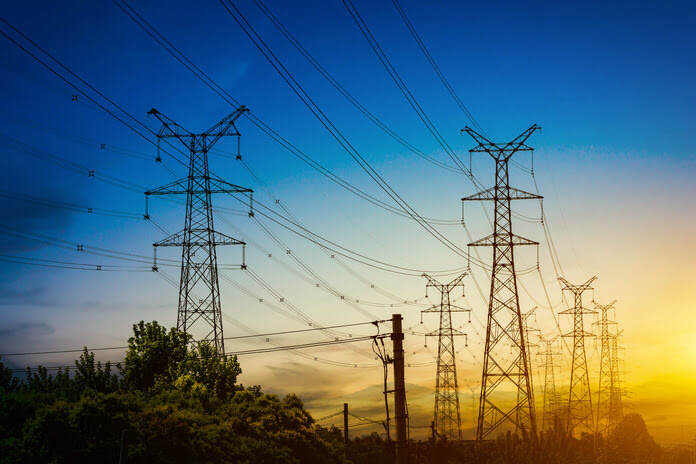GE Vernova’s Gas Power division, a unit of General Electric Company (NYSE:GE), recently announced a significant advancement in Japan’s energy landscape with the successful initiation of commercial operations at JERA’s Futtsu Power Plant–Group 4. This 1.5 Gigawatt (GW) power plant, located in Chiba, Japan, is powered by three GE 9HA.01 gas turbines.
Comprising four distinct groups, the Futtsu power plant holds a remarkable cumulative capacity of 5.6 GW, solidifying its status as one of Japan’s most substantial power generation facilities. Responsible for powering the Tokyo Metropolitan area, the plant’s significance is underscored by its pivotal role in meeting the region’s energy demands. Notably, it also serves as the nation’s largest LNG terminal, annually receiving more than 11 million tons of LNG.
Collaborating closely, General Electric, JERA, and Toshiba Energy Systems & Solutions Corporation (Toshiba), the EPC partner, executed a comprehensive upgrade known as a flange-to-flange replacement. This sophisticated process involved replacing the original gas turbine units with new production engines, integrating advanced turbine technology. The outcome of this upgrade is a power plant poised to deliver heightened performance, efficiency, and a notable reduction in CO2 emissions, achieved through efficient fuel combustion.
Beyond the core turbine enhancements, General Electric also revamped the auxiliary system and bolstered the Mark Vle control system across the gas turbine, steam turbine, and heat recovery steam generator. The commitment to excellence extends further with GE’s provision of 12 years of equipment maintenance services.
This successful undertaking not only reinforces General Electric’s industry standing but also affords the company a competitive advantage. By elevating customer satisfaction, the initiative cultivates stronger customer retention rates, fostering referrals and loyalty. With a legacy of 130 years supporting Japan’s power generation landscape, General Electric has been a steadfast provider of diverse power generation tools, encompassing gas turbines, steam turbines, nuclear reactors, hydroelectric, and wind turbines. Remarkably, the company presently underpins half of the nation’s gas-fired power generation capacity, boasting an impressive array of 130 gas turbine units. Additionally, General Electric’s footprint extends to approximately 25% of Japan’s onshore wind installed capacity.
Featured Image:















